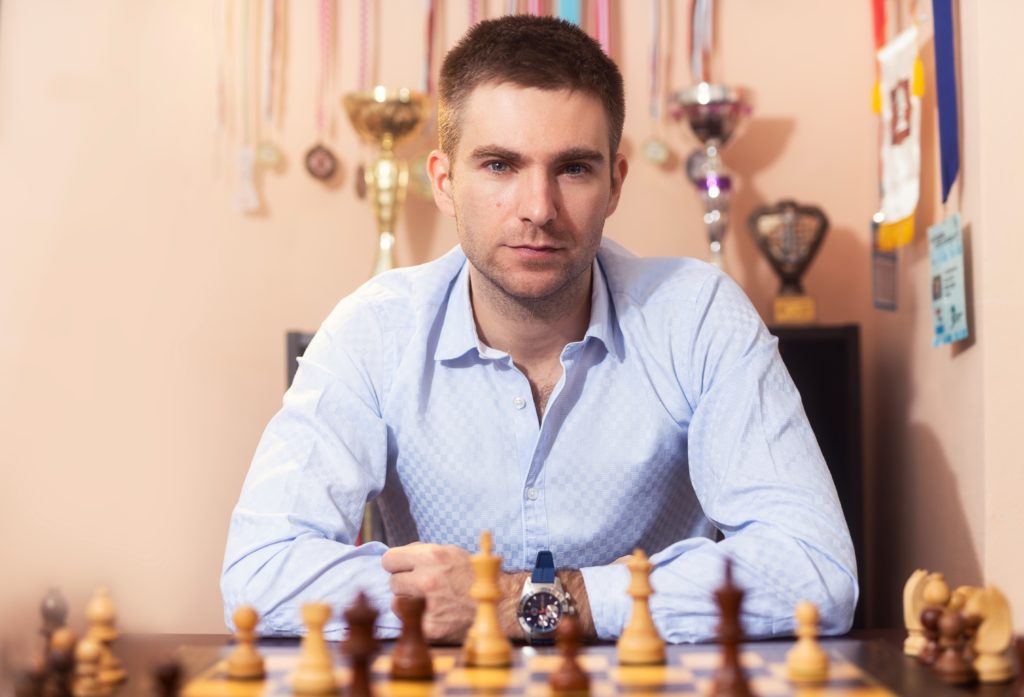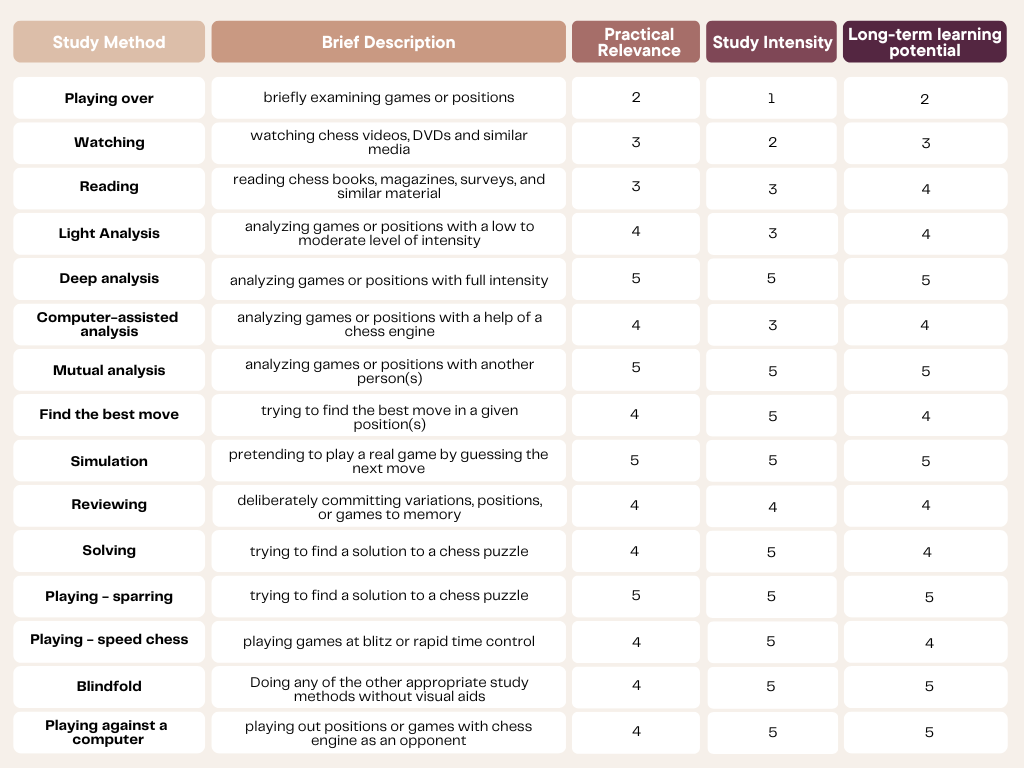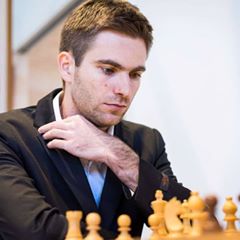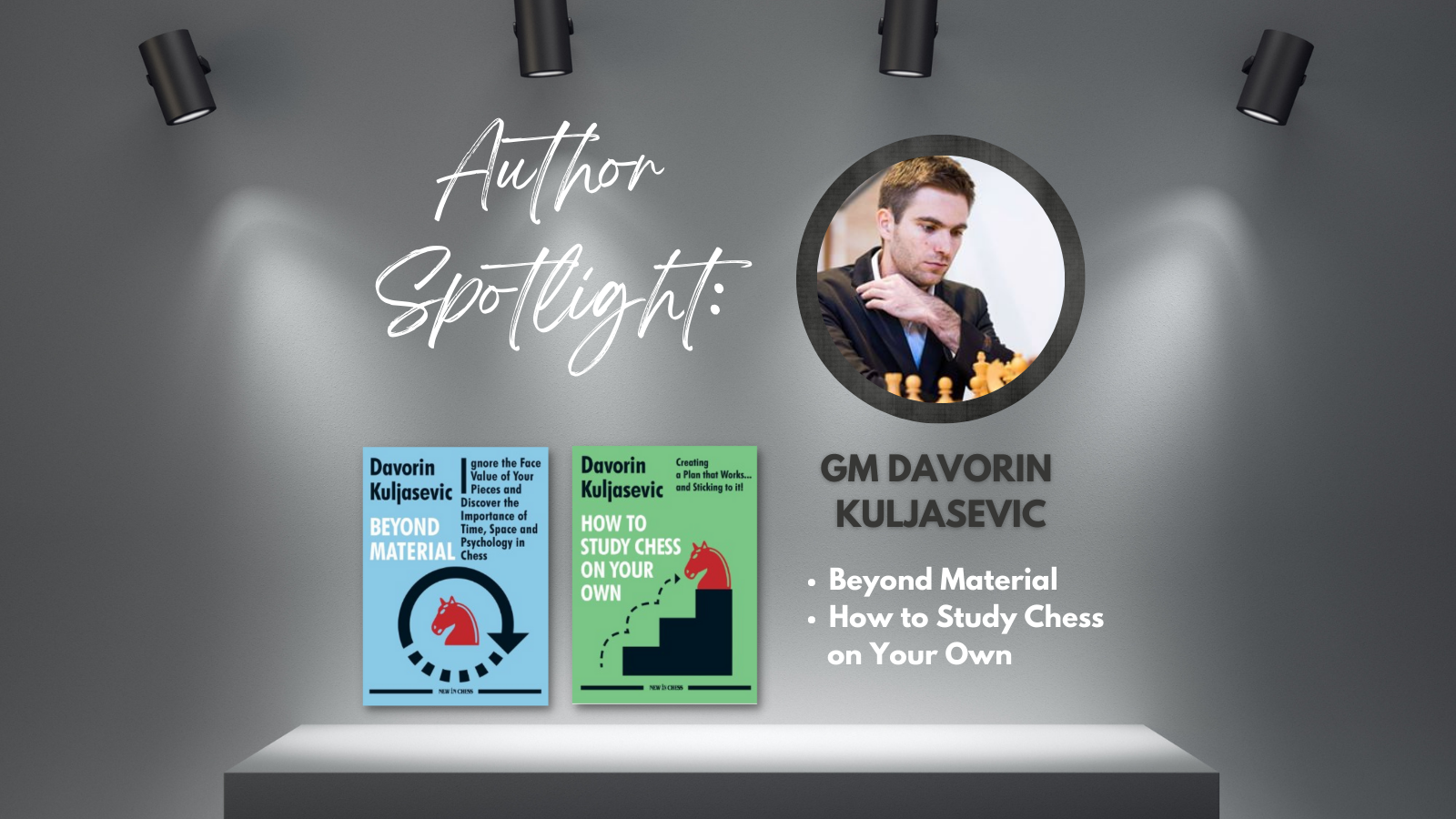Hey guys, this is Davorin Kuljasevic, a Croatian Grandmaster, chess author, and coach.
Today, I’d like to give you a sneak peek into my first two books Beyond Material and How to Study Chess on Your Own. Both made the FIDE Book of the Year shortlist in 2019 and 2022, respectively, and were bestsellers for New in Chess.

Beyond Material
Have you ever grabbed a pawn in the opening only to regret it later? Or talked yourself out of making a piece sacrifice that would promise you long-term compensation or attack? If you have, you are not alone. There is a reason why such situations tend to occur.
Chess is a game in which our materialistic nature is often exposed, for better or worse. However, sometimes the best moves and ideas in a position defy our preconceived notions about the value of the material. Time, space, and psychology can play just as, or even more, essential roles in a chess game as how many pieces and pawns we win or lose. In ‘Beyond Material,’ I explore and explain the interplay between these four factors in six chapters.
Let me give you a few fresh examples to illustrate this. (Note: these are not from the book).
Example 1
Example 2
In the two examples above, all protagonists were titled players, International Masters. Based on the mistakes such strong players made, it is evident that mastering the non-materialistic way of thinking is far from trivial. As with many other skills in chess, to get better at it, one is well-advised to study many instructive examples, such as those presented in ‘Beyond Material’ in a systematic manner. The ultimate reward is the ability to play better and, what’s more, more beautiful and inspired chess. For instance, one happy reader sent me a game, played a few days after he began reading the book, in which he nicely sacrificed an exchange to obtain positional domination in the endgame.
Example 3

How to Study Chess on Your Own
When I started playing chess in the 1990s, life was much simpler. High-quality chess books and magazines, strong chess engines, and opening databases were luxury items for most. The online chess scene, with its excellent study resources available today, was virtually nonexistent. Back then, to study chess on your own, you would usually get your chess board out and explore whatever scarce resources you had.
Fast forward 25 years into the digital era, and paradoxically, everyone seems confused about the optimal way to study chess. Due to an absolute explosion of information and resources available to virtually anyone on the globe, we have reached the point where ambitious young players and adult improvers seem to drown in abundance and often wonder how to resolve this ‘paradox of choice’.
I tried to address this issue with ‘How to Study Chess on Your Own.’ It is a multi-faceted book that advises on employing the right study mindset and learning processes, identifying your study priorities, picking appropriate study resources, creating study plans and schedules, and more. I have drawn on my fairly extensive playing and coaching experience to produce numerous helpful tables that facilitate the better organization of your studies, such as the following:

Besides the high-level advice mentioned above, the book also contains plenty of actionable ideas that help you to conduct your chess training on the ‘micro’ level. You will learn how to study opening tabiyas properly, memorize important variations with the help of logical steps and key images, explore typical middlegame structures efficiently using the Chessbase software, and much more.
Let me give you a concrete example from the chapter ‘Make your endgame study more enjoyable’, one of the readers’ favorites. In it, I suggest that studying endgames doesn’t have to be a tedious chore. One can develop a particular interest in the final part of the game by combining the study of theoretical textbook material, endgame studies, and practical examples that cover the same endgame topic or principle. Let me provide one example from that chapter here:
Knight vs Rook’s Pawn Example 1:
Knight vs Rook’s Pawn Example 2:
Practical Endgame Example:
With a little extra effort, you can collect instructive examples like these from various sources (endgame manuals, articles, database search) and save them to your endgame databases. Something similar can be done with middlegame themes or model games in the opening. One of the main tenets of the book is to do as much independent work as possible. Gathering and systemizing knowledge in this fashion make learning more enjoyable and effective.
‘How to Study Chess on Your Own’ was one of the most popular chess books during the COVID-break in 2020 and 2021 when most in-person chess tournaments were canceled. Chess players had to spend more time at home than ever, leaving them with more time to reflect on and study chess, and this book came as a perfect guide and inspiration to many. I believe that the fundamental approaches laid out there will stand the test of time and be helpful to future generations of chess players.


Davorin Kuljasevic is a Croatian Grandmaster, FIDE trainer, and author.
He has trained many talented youths worldwide and has an extensive record of instructive chess content publications. Some of his top achievements include 4th place in World Youth U16 in 2002, and gold in many international tournaments including; SPICE Spring 2011, Zupanja 2011, Mediteran 2011, Split 2013, and Castelfranco 2014. Besides chess, he also graduated with a Masters’s degree in Finance from Texas Tech University in 2011.
- Rock Solid Chess: Volume 2 - February 21, 2024
- Unsung Heroes of Chess - February 19, 2024
- Build Up Your Chess: The Fundamentals - February 7, 2024
